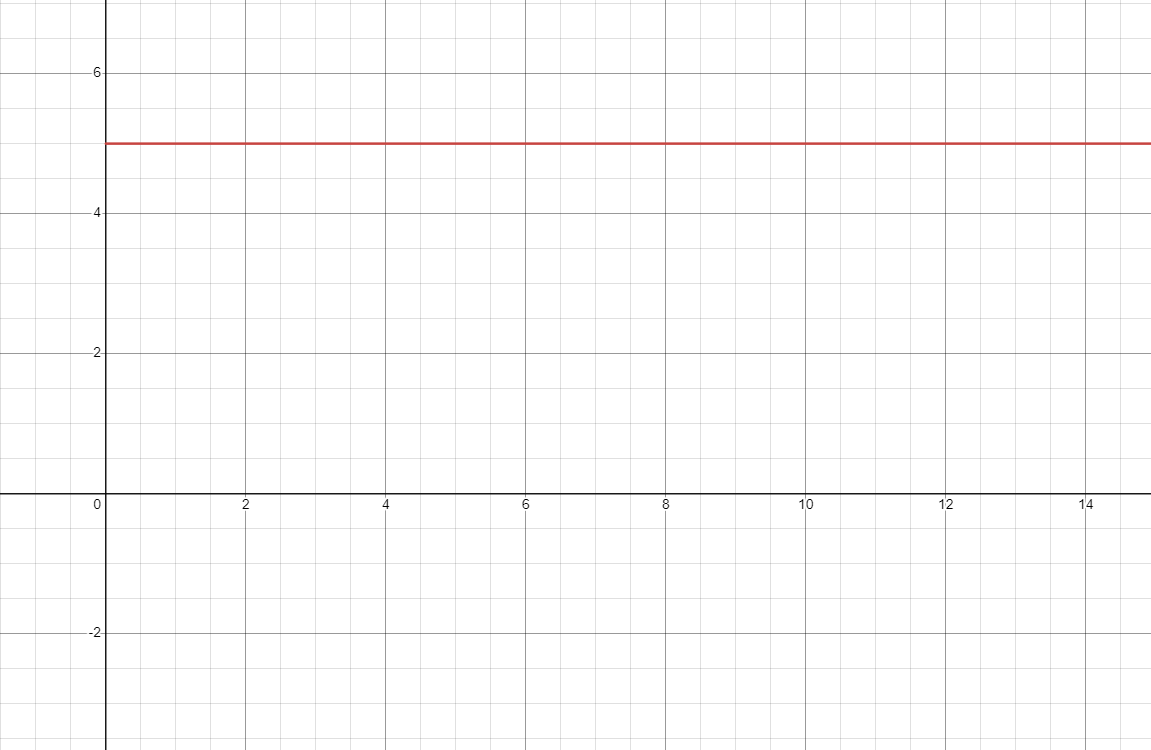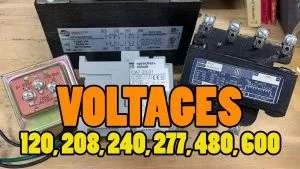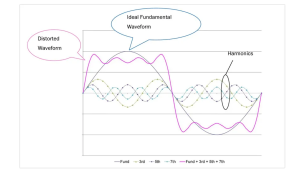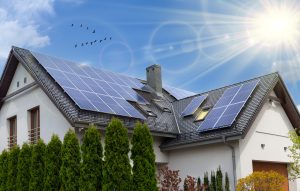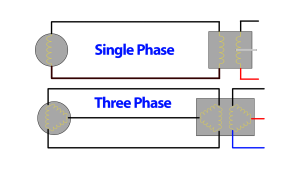What is Direct Current?
Direct current (DC) is one of the two fundamental types of electrical current, alongside alternating current (AC). DC is essential for a wide range of applications, from powering small electronic devices to storing energy in batteries and supplying power for renewable energy systems. This article provides a detailed explanation of how DC works, including its generation, storage, and typical applications. We will also introduce key components such as batteries, solar cells, and DC power supplies.
Basic Principles of Direct Current
Direct current (DC) refers to the unidirectional flow of electric charge. In a DC circuit, electrons move steadily in a single direction, from the negative terminal to the positive terminal of a power source. This contrasts with alternating current (AC), where the direction of electron flow reverses periodically.
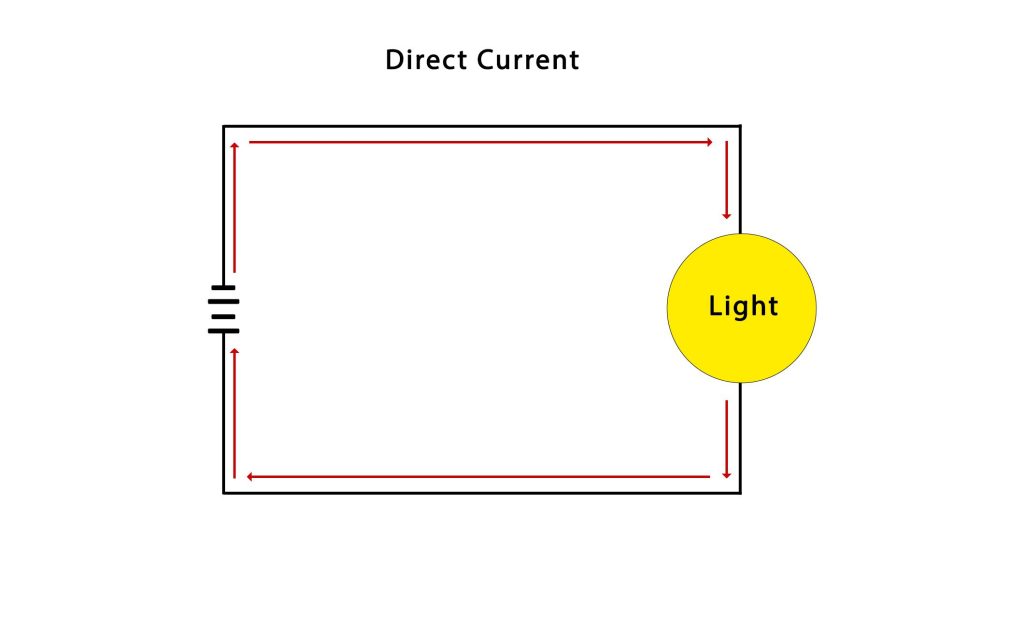
Key Characteristics of DC
- Unidirectional Flow: The current flows in one direction, providing a constant voltage or current.
- Steady Voltage: The voltage level remains constant over time, making DC suitable for devices that require a stable voltage supply.
- Common Uses: DC is commonly used in electronic devices, battery-operated equipment, and low-voltage applications such as charging batteries and powering LED lights.
Generation of Direct Current
While alternating current (AC) requires rotational motion to generate electric current, direct current has a few different options to generate current-flow. While it is true, DC can be generated with rotation in a DC generator, the current from a DC generator is actually pulsing DC, rather than constant smooth DC. To get true constant, smooth DC power must be stored in a device, and let out over time. This means no variation or oscillation, which can be achieved in a few different ways.
Batteries
Batteries are one of the most common sources of constant DC. They store chemical energy and convert it into electrical energy through electrochemical reactions. A battery consists of one or more cells, each containing two electrodes (an anode and a cathode) and an electrolyte.
How Batteries Work
- Anode: The negative electrode where oxidation occurs (loss of electrons).
- Cathode: The positive electrode where reduction occurs (gain of electrons).
- Electrolyte: The medium that allows the flow of ions between the anode and cathode.
When a battery is connected to an external circuit, a chemical reaction occurs between the electrodes and the electrolyte, generating an electric current. This current flows from the negative terminal, through the circuit and load, and back to the positive terminal, providing DC power to the connected load. A downside to using batteries is they eventually deplete, and need to be recharged by an another electrical source. The benefit of batteries is they have a relatively high energy density for their small form-factor, and in most cases they’re portable.
Solar Cells
Solar cells, or photovoltaic (PV) cells, convert sunlight directly into electrical energy. They are a key component of solar panels used in renewable energy systems. This is another method of achieving constant smooth DC power as the sun does not oscillate, rather it’s just a constant flood of photons hitting the panels. The down side with solar panels is they don’t generate current when there is no sun. At night, or on dark cloudy days, there are not enough photons hitting the panels to generate meaningful current; making solar a somewhat finicky method of generating current. The positive side is they don’t get depleted like a battery, and often batteries are installed with solar to store the energy produced by the panels, for use at a later time (such as night time).
How Solar Cells Work
- Photovoltaic Effect: When sunlight strikes the surface of a solar cell, it excites electrons in the semiconductor material, creating electron-hole pairs.
- Electron Movement: The excited electrons are driven towards the front surface of the cell, while the holes move towards the back surface, creating an electric field.
- Current Flow: This movement of electrons and holes generates a DC current, which can be harnessed and used to power electrical devices or stored in batteries.
DC Generators
DC generators convert mechanical energy into electrical energy through electromagnetic induction. Unlike AC generators, which produce alternating current, DC generators have a small component called a commutator that ensures the current flows in a single direction at all times. As mentioned above, DC generators generate a pulsing DC waveform, similar to the sinewave of an AC alternator, however in only one polarity.
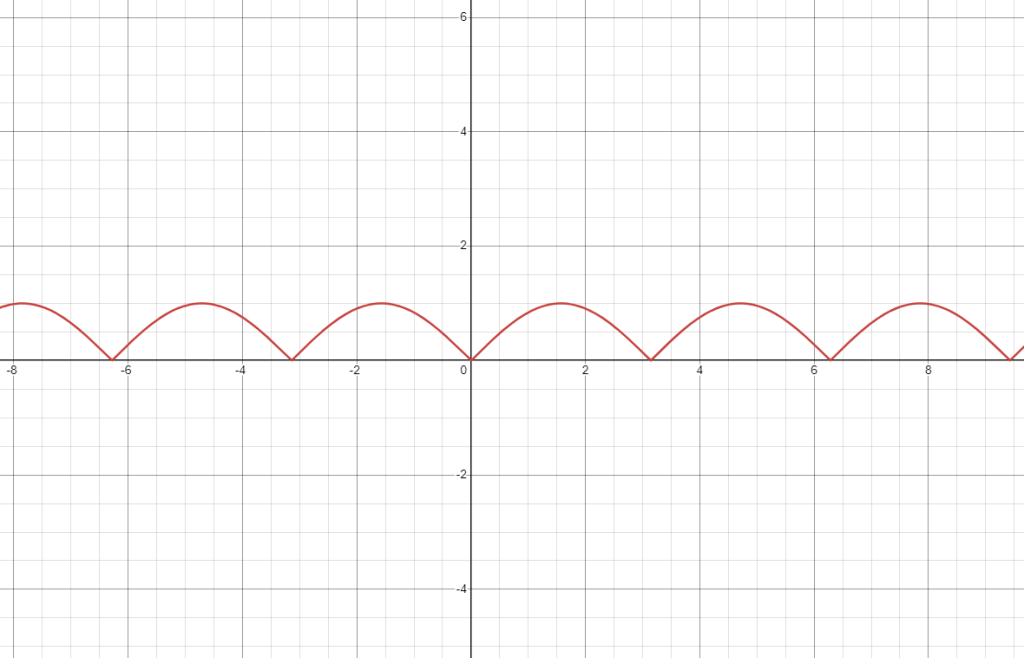
In the image above the rotational motion of a DC generator operates similarly to an AC generator, however rather than allowing voltage to oscillate back and forth between positive and negative, the commutator forces the pulsing to occur in the same polarity at all times. The equation for a pulsing DC sine wave can be modeled using:
How DC Generators Work
- Mechanical Energy: A prime mover, such as an engine or turbine, drives the rotor.
- Electromagnetic Induction: As the rotor spins, it creates a changing magnetic field that induces an electric current in the stator windings.
- Commutator: The commutator converts the alternating current generated in the windings into direct current by periodically reversing the connections to the external circuit.
Storage of Direct Current
Batteries
Not only is the production of current possible with batteries, but energy storage for later use is one of their prime benefits. Batteries are the primary means of storing DC, and they come in various types, including:
- Lead-Acid Batteries: Commonly used in automotive applications and uninterruptible power supplies (UPS).
- Lithium-Ion Batteries: Widely used in portable electronics, electric vehicles, and renewable energy systems due to their high energy density and long cycle life.
- Nickel-Cadmium (NiCd) Batteries: Known for their robustness and ability to deliver high current, but they suffer from memory effect and contain toxic cadmium.
- Nickel-Metal Hydride (NiMH) Batteries: Offer higher energy density than NiCd batteries and are more environmentally friendly.
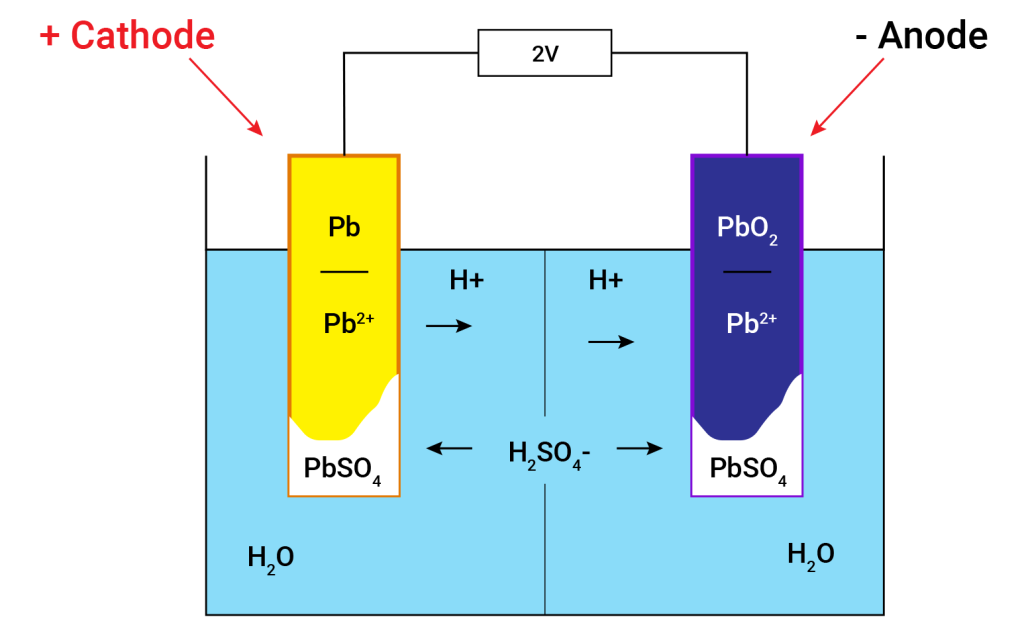
Capacitors
Capacitors are another type of energy storage device, and function similar to batteries except the storage is short term. Capacitors store energy in an electric field between two conductive plates separated by an insulating material. While they are not typically used for long-term energy storage, capacitors can store and release energy quickly, making them useful in applications that require rapid power delivery.
Capacitors are used in both AC and DC circuits, though doing so is typically for different reasons. In DC circuits, such as in digital cameras, capacitors are often employed for energy storage and power smoothing. For example, a capacitor can store electrical energy from the battery and release it in a quick burst to power a flash. Additionally, capacitors in DC circuits help smooth out voltage fluctuations, acting as a filter to stabilize the power supply for sensitive electronic components.
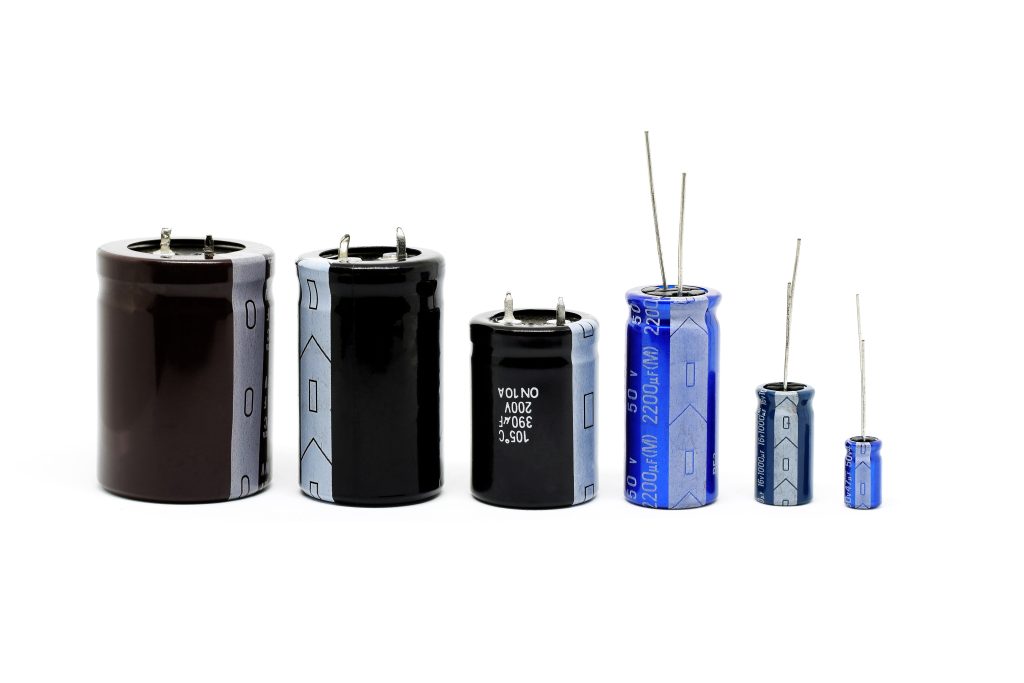
In AC circuits, capacitors are primarily used for functions like power factor correction, phase shifting in motor start circuits, and filtering in AC signal processing, as they can pass alternating current while blocking direct current due to their inherent impedance. Since AC oscillates back and forth rapidly capacitors in AC circuits charge and discharge just as rapidly (60 times every second in most U.S. power systems. In DC, however, a capacitor can be fully charged to store energy until it is signaled by the circuit to discharge at some point in time.
Typical Applications of Direct Current
Electronic Devices
Most electronic devices, such as smartphones, laptops, and tablets, operate on DC. These devices have internal circuits that require a stable and constant voltage, which DC provides. Power adapters and chargers convert oscillating AC from wall outlets into constant DC to power these devices and charge their batteries.
Renewable Energy Systems
Renewable energy systems, such as solar power and wind power, often generate DC electricity. Solar panels produce DC directly, while wind turbines may generate AC that is then converted to DC for storage in batteries. DC is used to store energy in battery banks, which can then be converted back to AC for grid integration or used directly to power DC loads.
Electric Vehicles
Electric vehicles (EVs) use DC to power their electric motors and auxiliary systems. Lithium-ion batteries, which store DC energy, are the primary energy source for EVs. Charging stations convert AC from the grid into DC to recharge the vehicle’s batteries.
DC Power Supplies
DC power supplies provide a steady DC voltage to various electronic circuits and devices. They are used in laboratories, manufacturing, telecommunications, and other applications where a reliable and adjustable DC power source is needed. DC power supplies can be linear or switching types, with switching power supplies being more efficient and capable of handling higher power levels.
DC-DC Conversion
In many applications, it is necessary to convert one level of DC voltage to another. In AC systems this can be achieved through the use of transformers, however in DC transformers do not work since there is no alternating time-varying magnetic field generated. For a transformer to work, the input voltage must alternate (reverse polarity), causing the magnetic field in the transformer’s core to expand and collapse repeatedly, inducing a voltage in the secondary winding. In a DC circuit (even pulsing DC), the magnetic field stabilizes at a constant value after the initial transient, so a transformer cannot sustain the process.
To address this limitation, DC-DC converters simulate an AC-like behavior internally. They use techniques like:
- Rectification to return the signal to the desired DC output voltage.
- Switching circuits to create a rapidly pulsing or oscillating signal.
- Inductors and capacitors to store and transfer energy efficiently.
DC-DC converters perform this function, allowing devices to operate at their required voltage levels. There are several types of DC-DC converters:
Buck Converters
Buck converters step down the input voltage to a lower output voltage. They are commonly used in power supplies for electronic devices to provide the appropriate voltage levels for different components.
Boost Converters
Boost converters step up the input voltage to a higher output voltage. They are used in applications where a higher voltage is needed than what is available from the power source.
Buck-Boost Converters
Buck-boost converters can either step up or step down the input voltage, providing a flexible solution for applications where the output voltage needs to be adjusted dynamically.
Conclusion
Direct current (DC) is a fundamental type of electrical current with a wide range of applications, from powering electronic devices to storing energy in renewable energy systems. Understanding how DC works, including its generation, storage, and typical applications, is essential for anyone involved in electrical engineering and energy management. As technology continues to evolve, DC will play an increasingly important role in powering our world, offering efficient and reliable solutions for a variety of energy needs.

